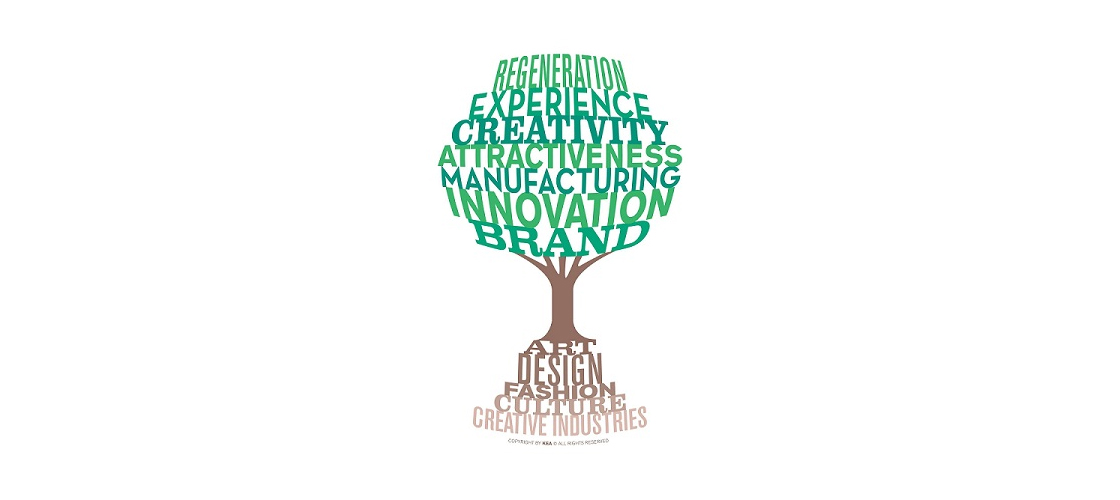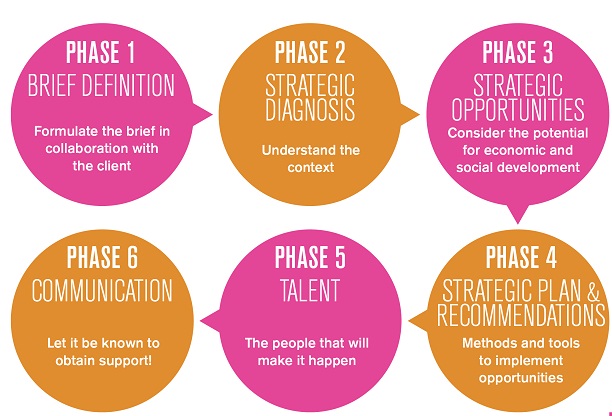
A creative city cannot be defined solely on the basis of a fixed set of criteria, each city’s composition is unique. Creativity can be nurtured in all cities whether large to small ones. At the very foundation of what makes a creative city lies the belief that cultural and social capital can be better used to express the creative potential of a city. KEA has helped numerous cities and local authorities realise their creative potential from Lille Metropole’ s creative clusters to the setting up of the European Creative Industries Alliance (ECIA) or the city of Shenzhen’s internationalization strategy.
We are exploring methods to support the development of a creative ecology which will help cities in Europe and China become more convivial or support new economic activities. Since 1999 KEA has helped countless authorities and organisations to nurture their creativity and put it to valuable use.
We have examined:
- artistic intervention from different perspectives with artists in businesses, artists as consultants
- the feasibility of a creative hub in Belgium, designing a practical action plan to kickstart a creative dynamic
- the interactions between Arts and Science to stimulate innovation
- policies for 9 cities in Europe to encourage creative spill-overs between culture, creative industries and other social or economic sectors
- the specificities of small and medium size cities as regards culture-led development
- the use of EU structural funds in developing culture and creative industries
- the different ways in which 70 cities and regions across Europe have invested in culture and creativity for economic and social development.

In parallel, KEA has developed tailored methodologies to enable cities to measure the impact of their policies on the development of culture and creative industries, or to assess the results of large scale investment in the context of a European Capital of Culture project or as part of strategies to support the emergence of creative entrepreneurship.
KEA has also helped numerous local authorities raise EU funds. Important funding resources are accessible from EU Programmes such as URBACT, INTERREG, Creative Europe, Horizon 2020, COSME, Structural Funds, Erasmus +.
We have contributed to the setting up of European leading initiatives (such as the European Creative Industries Alliance Policy Platform or Design for Europe) and have accompanied different projects in their communication strategy.
Our belief is that both cultural resources and artistic or creative competences from culture and creative industries or individuals can be mobilized for the purpose of innovation. At its core our experience led us to trust in the creative capacity of the community (a city, metropolis or a region) to achieve changes and adapt to new economic and social circumstances.
Culture-based creativity is an essential feature of our economy and society. It is linked to the ability of people, notably artists and creative professionals, to think imaginatively or metaphorically, to challenge the conventional and to call on the symbolic and affective to communicate. Culture-based creativity is the capacity to break the natural order, the usual way of thinking and to allow the development of a new vision, an idea or a product.
Traditionally innovation processes unfold at the level of firms and individual organisations, increasingly cities play the role of R&D laboratories making available the spaces for innovation to emerge. Cities are today’s laboratories preparing for tomorrow’s world, promising to be connected, smart, providing plenty of joyful experiences. They are fun places to live, with attractive cultural offers, plenty of spaces for social networking and co-working including bars and restaurants. They provide learning facilities in art, design as well as engineering or business. The planning and lay-out of leisure and work spaces facilitate crossovers between disciplines, the sharing of new skills enabling the emergence of new mindsets and innovative economic and social projects. Cities have the most appropriate size to act as R&D centres by connecting intellectual, technological and cultural resources, enabling knowledge flows and unexpected encounters.
Cities sticking to well-designed strategies and learning from other experiences can trigger large-scale and sustainable transformation changing the cities into places of destination and investment. Through our methodologies we focus on ways to increase competitiveness, foster social innovation and well-being and reinforce cities’ attractiveness.
Success stories in Europe are multiplying – we have had the opportunity to witness this change as part of the numerous European projects in which we have been involved – either as initiator or as lead expert.
What we found out is that we do not have to generate creativity from scratch. Instead, we need to help local authorities rediscover what they already have: the capacity to imagine, cultural resources and infrastructures that are often unique and which make a place distinctive and therefore original.
Creativity is linked to people and places; unlocking it is therefore not a matter of heavy investment.
KEA’s mission is to help cities and local authorities to discover their creative potential as it is part of any local communities’ DNA. We want to give policy makers the confidence to realise their local creative potential.